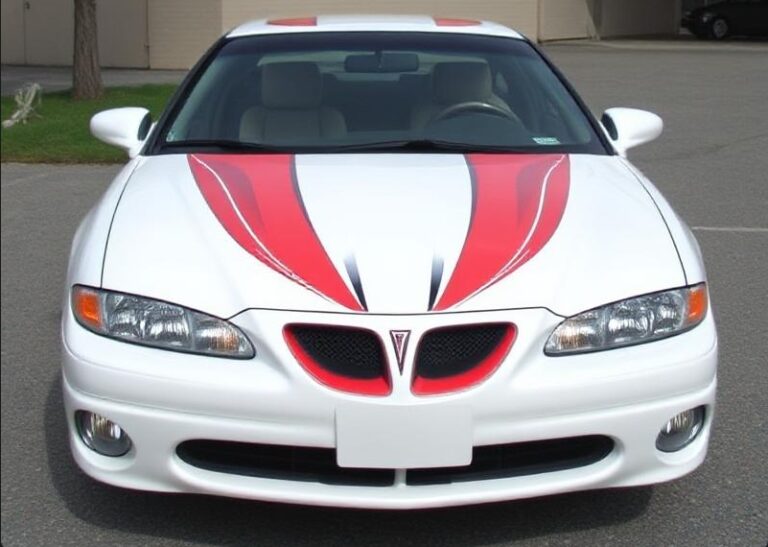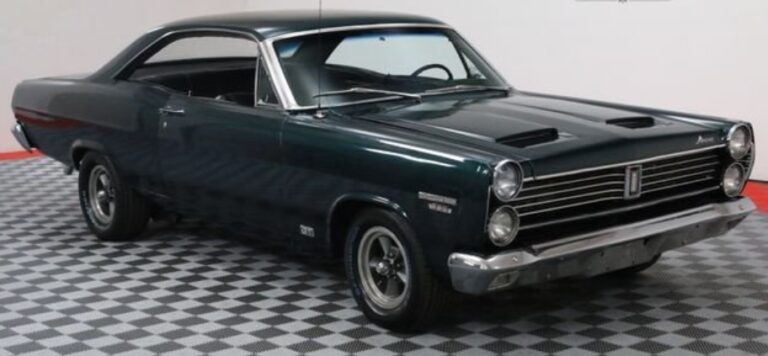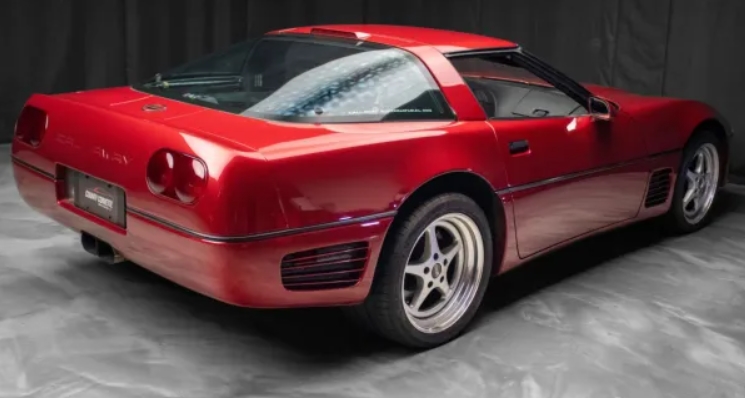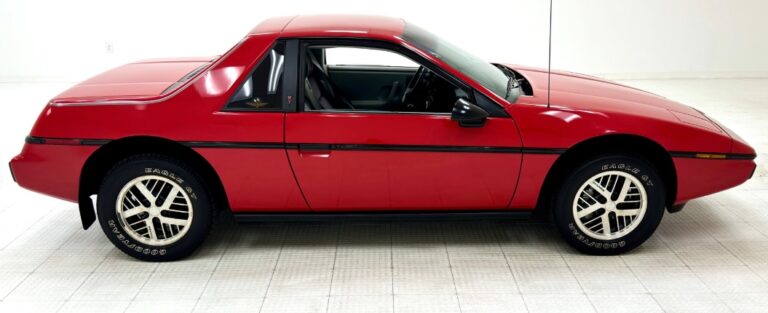The Evolution of the Lotus Elan: A Look Back at a Classics of British Motoring
Introduction
The Lotus Elan is a name that resonates deeply within the automotive community, regarded as one of the seminal sports cars that shaped the genre throughout the 1960s and beyond. With its lightweight design, innovative engineering, and exhilarating performance, the Elan has left an indelible mark in both motorsport and everyday driving. This article aims to provide an in-depth overview of the evolution of the Lotus Elan, detailing its production years, model variations, and trim levels.
The Birth of the Lotus Elan (1962-1965)
The Lotus Elan was first introduced in 1962. Founded by Colin Chapman, Lotus Cars had already established a reputation for innovative engineering with its lightweight structures and agile performance. The Elan, designed by Chapman himself, was a significant departure from the previous models. With a fiberglass body mounted on a steel backbone chassis, the Elan offered an ideal balance of performance and durability.
The Series 1 (1962-1963)
The initial model, known as the Series 1, was produced from 1962 to 1963. Equipped with a 1.5-liter twin-cam engine that produced 105 horsepower, the Series 1 showcased Lotus’s allegiance to lightweight design—tipping the scales at just under 1,600 pounds. The car was available in both a fixed-head and a drop-head coupe version, catering to diverse preferences. Groundbreaking for its time, the Series 1 introduced technologies such as four-wheel independent suspension and disc brakes, which enhanced both handling and stopping performance.
The Series 2 (1964-1965)
In 1964, Lotus released the Series 2, featuring minor refinements and aesthetic adjustments, such as wider rear wheels and a revised dashboard design. The engine output saw an increase, now producing 126 horsepower. The Series 2 continued the tradition set by its predecessor—maintaining lightweight performance while improving upon user comfort and safety features. It was during this era that the Lotus Elan began to carve its niche as a favorite among racing drivers and sportscar enthusiasts alike.
The Iconic Elan M100 (1989-1995)
After a long hiatus, the Elan nameplate was revived in 1989, marking a new chapter in the car’s history. This new iteration, known as the M100, represented a significant departure from the original concept. Where the early Elans were rooted in a lightweight, minimalist ethos, the M100 was developed with modern conveniences and technologies in mind.
The M100 Series (1989-1995)
The M100 featured a bold new design by Peter Stevens, shedding the traditional fiberglass for a more robust ABS plastic body. This version was notable for its front-wheel-drive layout coupled with a 1.6-liter or 1.8-liter turbocharged engine, producing up to 162 horsepower. The M100 came in two primary trim levels: the base model and the more luxurious SE variant. The SE trim included amenities such as leather seats, upgraded sound system, and air conditioning. With enhanced safety features and practical design elements, the M100 aimed to attract a broader audience while maintaining the spirited driving experience associated with the Elan name.
.

.
The Elan’s Motorsport Legacy
Throughout its various iterations, the Lotus Elan continually carved out a reputation in motorsports. The original Elan Series 1 and Series 2 demonstrated strong presence in racing, often competing successfully in various events. Its lightweight design, combined with finely-tuned handling characteristics, allowed it to dominate races, particularly in the 1960s. The Elan was particularly known for its numerous victories in sports car racing, where it was celebrated for winning the European GT Championship. Later, the M100 also found its home on tracks, albeit in smaller race series, thanks to its potent turbocharged engine and front-wheel-drive dynamics.
Collectibility and Impact
As decades passed, the Lotus Elan evolved not just as a car but as an icon that gathered a devoted following. Vintage models like the Series 1 and Series 2 have become highly sought after classics, often commanding premium prices in the collector’s market. Restoration services and parts have sprung up dedicated to keeping these fine machines on the road.
The M100 also left its mark, serving as a learning point for future Lotus designs, including the Elise and Exige. The introduction of front-wheel drive represented a shift in Lotus’s traditional philosophy, accommodating a wider range of driving enthusiasts.
The Modern Reminiscing of Lotus Elan
As of now, Lotus continues to evoke the spirit of the Elan in modern designs, with the resurgence of light, agile, and performance-centric automobiles like the Lotus Evora and Emira. Although these models may take different design cues and technologies, the ethos of the Elan—lightweight performance, superb handling, and driver engagement—remains a core philosophy of Lotus.
Conclusion
The Lotus Elan’s evolution embodies the story of automotive innovation, with its roots firmly planted in the heart of British engineering excellence. From the original Series 1 and Series 2 with their distinctive lightweight features, to the modern M100, the Elan has continually illustrated the importance of thoughtful design and performance-driven engineering. That legacy continues to fuel passion among vintage collectors and car enthusiasts, ensuring that the Lotus Elan isn’t just a classic automobile, but a cornerstone in the narrative of sports cars.
Throughout its life, the Elan has influenced countless designers and manufacturers while healing the wound left by the true essence of driving. The Elan remains a timeless classic, a reminder of how simple ideas can lead to extraordinary results, and it’s poised to continue inspiring the next generation of sports cars.







